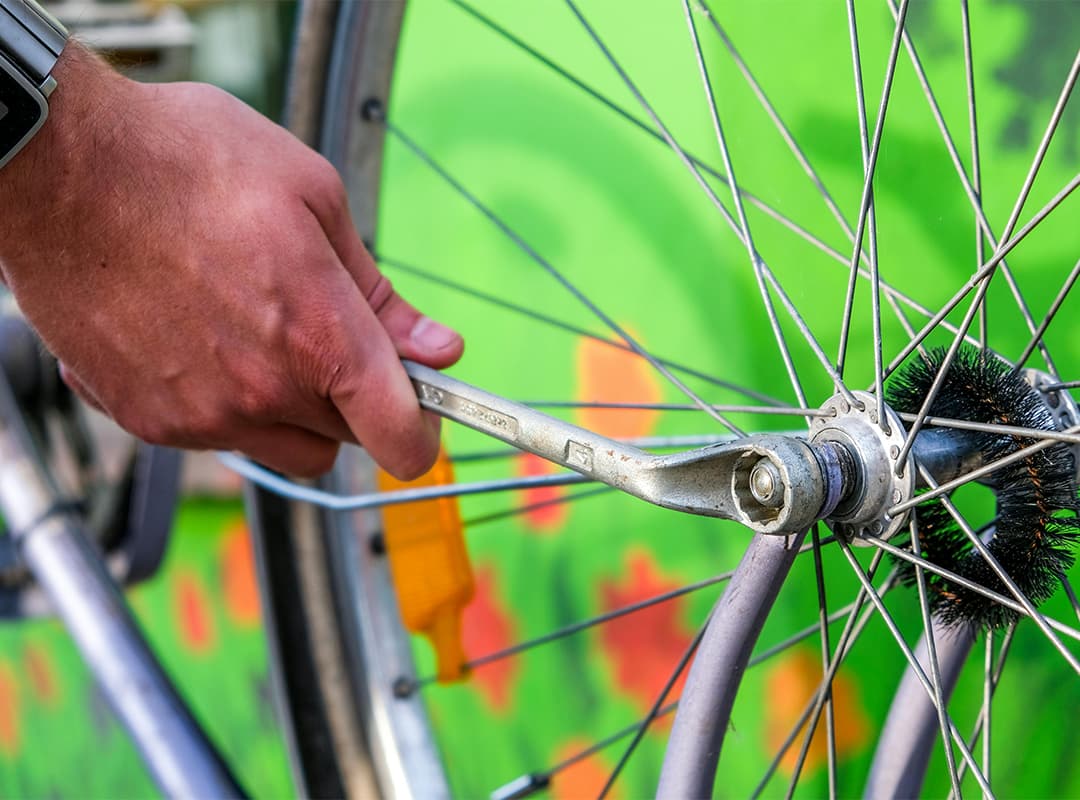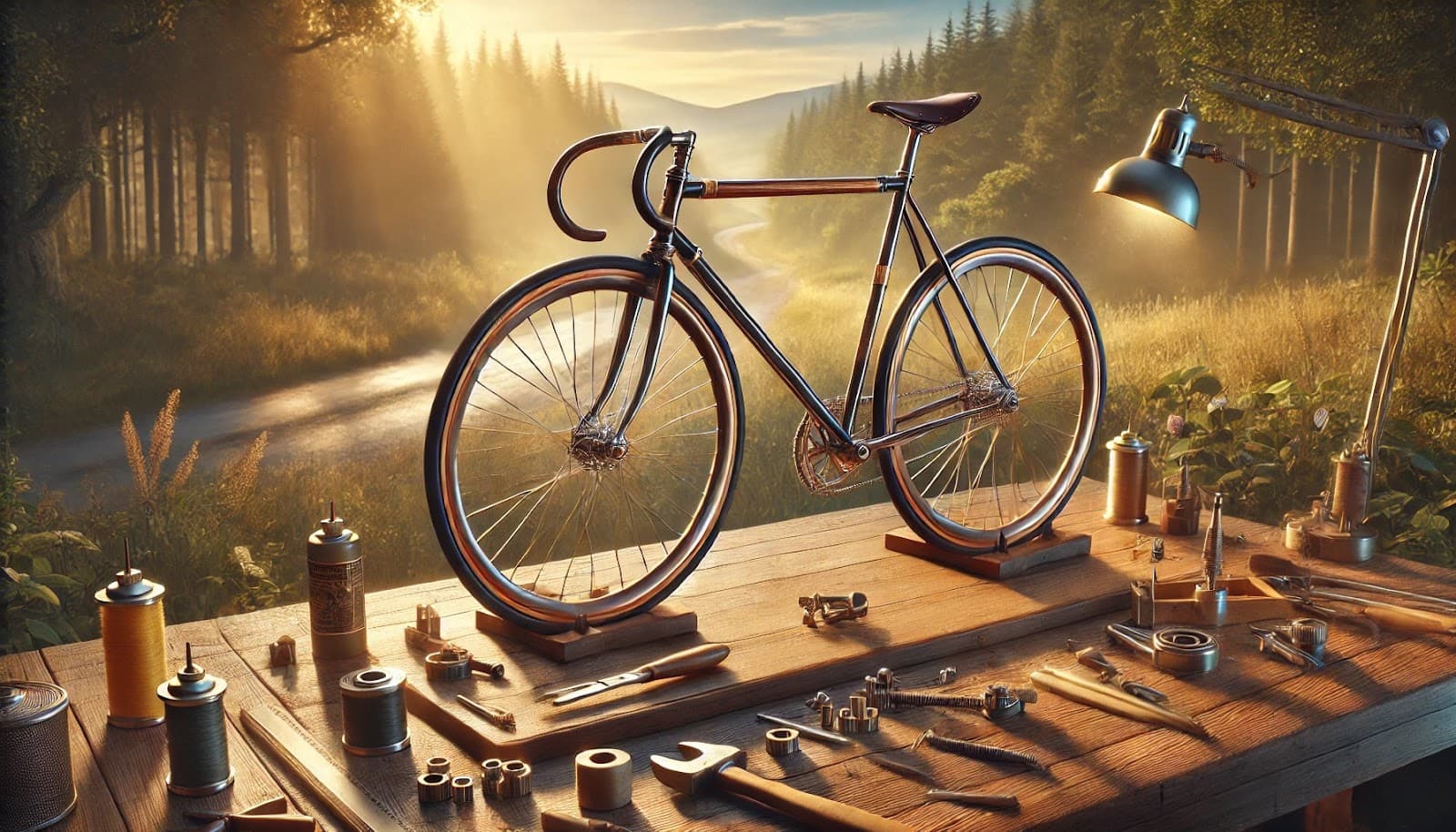Selecting the right materials and components for your bicycle is essential to ensure a comfortable and enjoyable riding experience. Whether you’re a seasoned cyclist or just starting your journey, understanding the various options available will help you make informed decisions. This guide will walk you through key factors to consider when choosing materials and components for your future bicycle, all while adding a touch of imagination—like the intriguing phenomenon of hypnopompic hallucinations that might inspire your dreams of the perfect ride.
1. Understanding Frame Materials
The frame is the heart of your bicycle, and its material significantly affects the bike’s performance, weight, and ride quality. Here are some common frame materials and their characteristics:
Aluminum
- Pros: Lightweight, affordable, and resistant to rust. Aluminum frames are excellent for casual riders and beginners due to their balance of performance and price.
- Cons: Can be stiffer than other materials, leading to a harsher ride on rough terrain.
Carbon Fiber
- Pros: Known for its incredible stiffness-to-weight ratio, carbon fiber frames are ideal for performance-oriented cyclists. They absorb road vibrations, offering a smoother ride.
- Cons: Generally more expensive than aluminum and can be less durable in the event of a crash.
Steel
- Pros: Durable and comfortable, steel frames are a favorite among touring cyclists. They provide a smooth ride and are easy to repair if damaged.
- Cons: Heavier than aluminum and carbon options, which may affect performance.
Titanium
- Pros: Offers a balance of lightness, strength, and comfort. Titanium frames are often custom-built and can last a lifetime with proper care.
- Cons: Typically the most expensive option, making them less accessible for budget-conscious riders.
2. Selecting Components
Once you’ve decided on the frame material, the next step is to choose the right components for your bike. The components you select will depend on your riding style and preferences. Here are the main components to consider:
Drivetrain
- Groupsets: Choose between Shimano, SRAM, and Campagnolo, each offering various levels of performance and price points. For example, Shimano’s 105 series is an excellent choice for reliable performance without breaking the bank, while SRAM’s Red components cater to serious racers seeking the lightest setup.
- Gearing: Consider your typical riding terrain. If you live in a hilly area, opt for a wider gear range to tackle steep climbs easily.
Brakes
- Rim Brakes: Lightweight and effective in dry conditions, but they may struggle in wet weather.
- Disc Brakes: Provide consistent stopping power regardless of weather conditions, making them ideal for mountain biking and cyclocross.
Wheels
- Rims: Choose rims that match your riding style. Wider rims offer more stability and traction, while narrower rims are typically lighter and faster.
- Hubs and Spokes: Consider the number of spokes for durability. More spokes can provide added strength, especially for heavier riders or those tackling rough terrains.
Saddle
- Comfort: Test different saddles to find one that suits your body shape and riding style. Comfort is crucial, especially for long rides.
- Materials: Look for breathable materials and proper padding for optimal comfort.
Handlebars and Stem
- Shape: Choose handlebars that fit your riding style. Drop bars are common for road bikes, while flat or riser bars are more popular for mountain biking.
- Width: Ensure the width of the handlebars matches your shoulder width for better control and comfort.
3. Imagining Your Dream Ride
As you choose materials and components, it’s easy to get lost in the details. Imagine yourself riding your custom bike through scenic routes, feeling the wind against your face. This is where the idea of hypnopompic hallucinations comes into play. Just as these vivid dreams occur when waking up from sleep, your vision of the perfect bike can inspire creativity in your choices. Let your imagination guide you toward the bike that fulfills your cycling dreams!
4. Budget Considerations
It’s important to set a budget before diving into materials and components. Custom bikes can range from affordable options to high-end builds. Prioritize components based on your riding needs and don’t hesitate to invest in key areas like the frame, wheels, and drivetrain.
Choosing the right materials and components for your bicycle is a personal journey that requires careful consideration and research. Whether you lean toward aluminum for its affordability or carbon for its performance, understanding each option will help you create a bike that suits your style and enhances your riding experience. Allow yourself to dream, like those fleeting moments of hypnopompic hallucinations, and remember that your perfect ride is just a decision away. Happy cycling!



